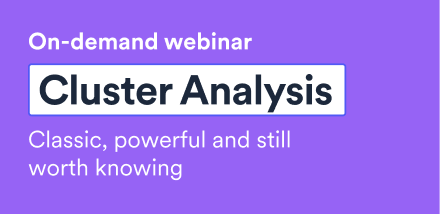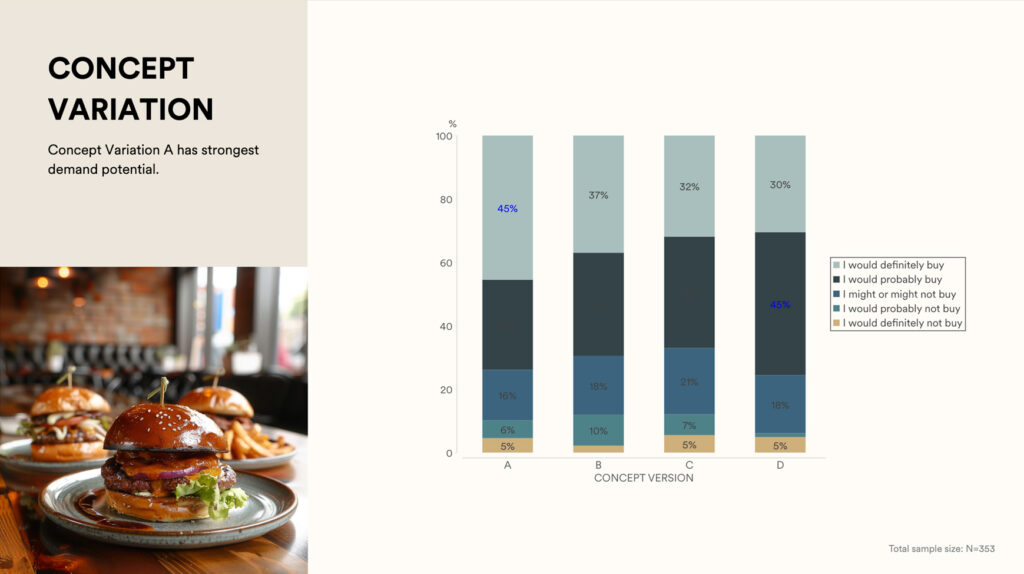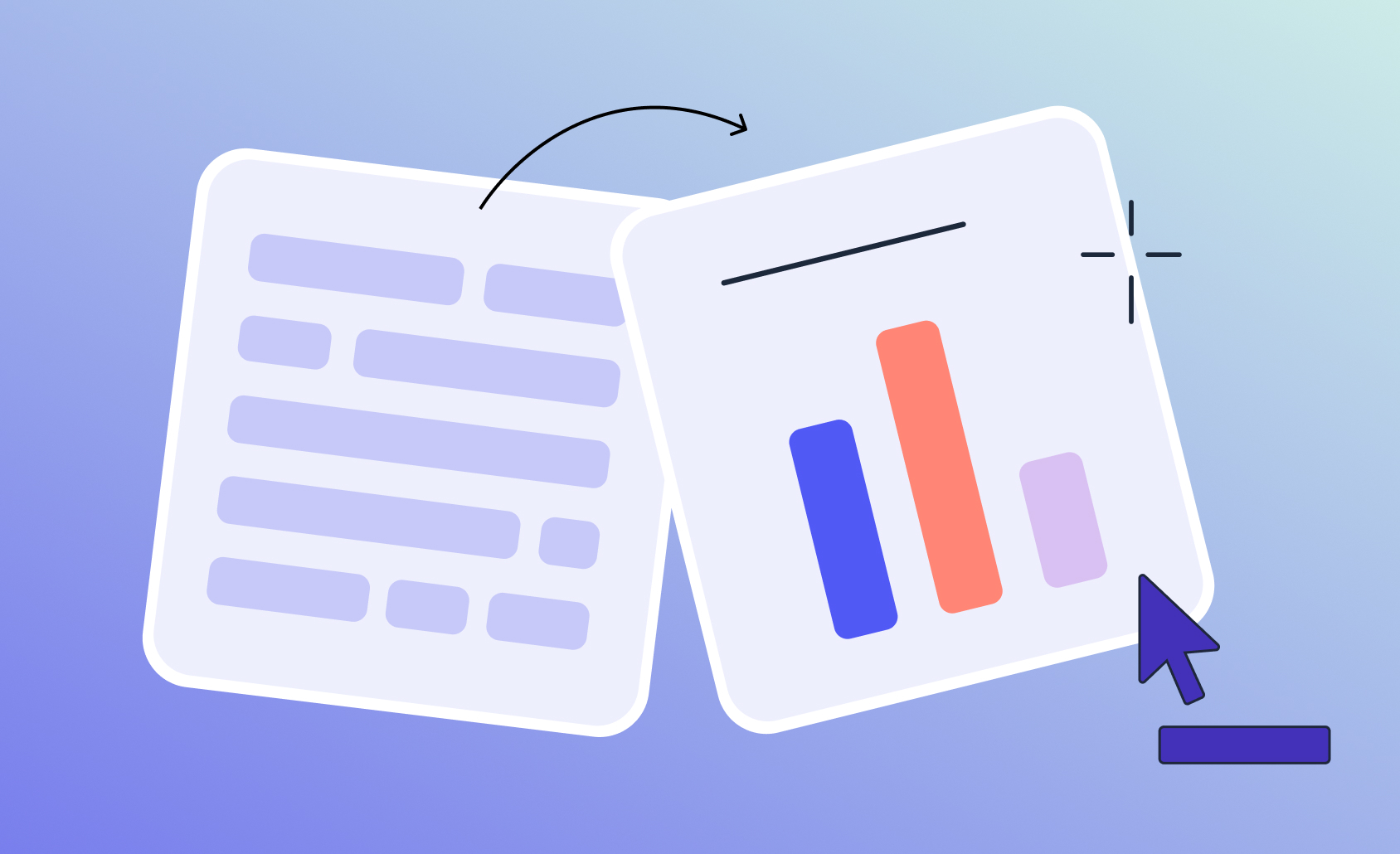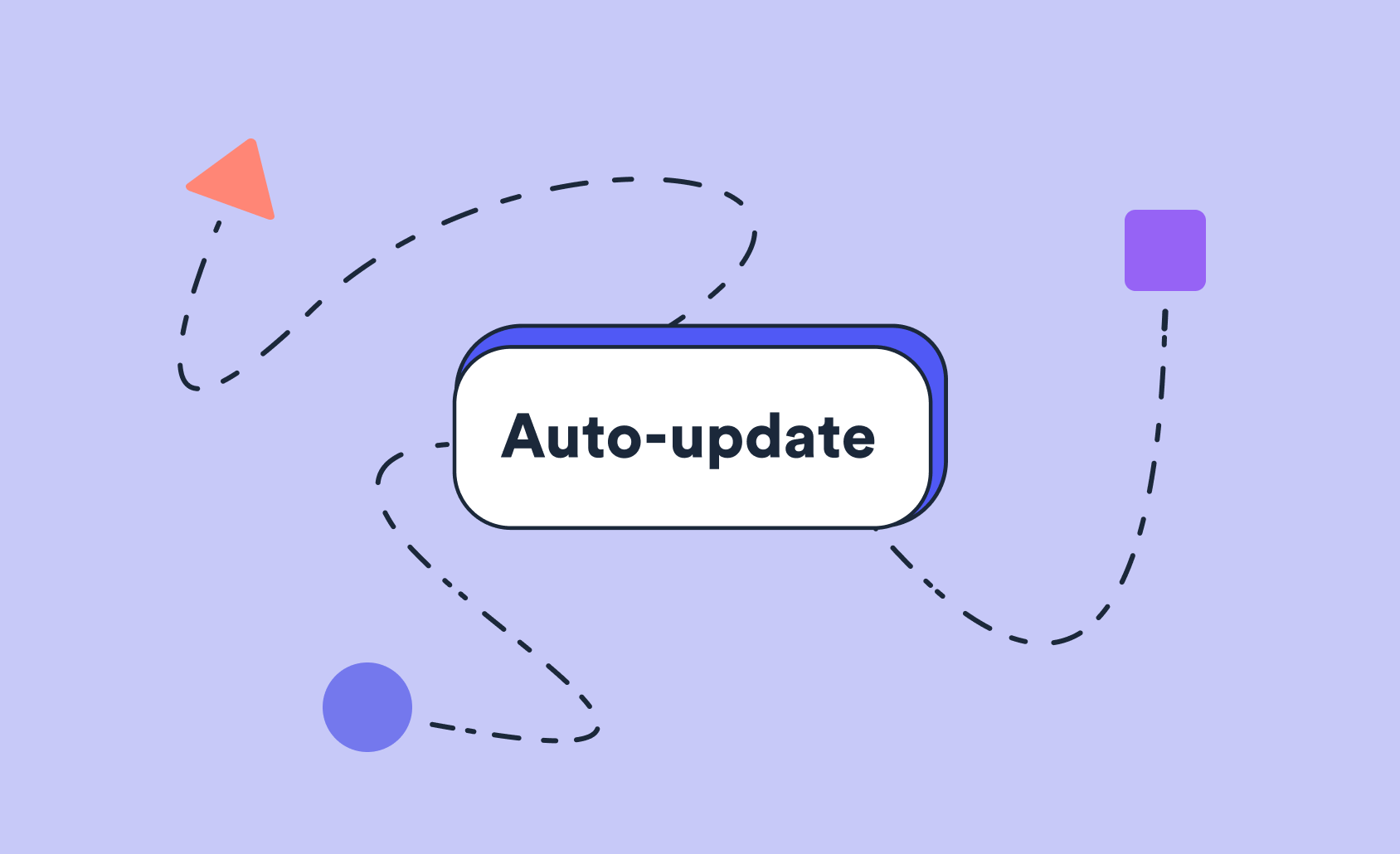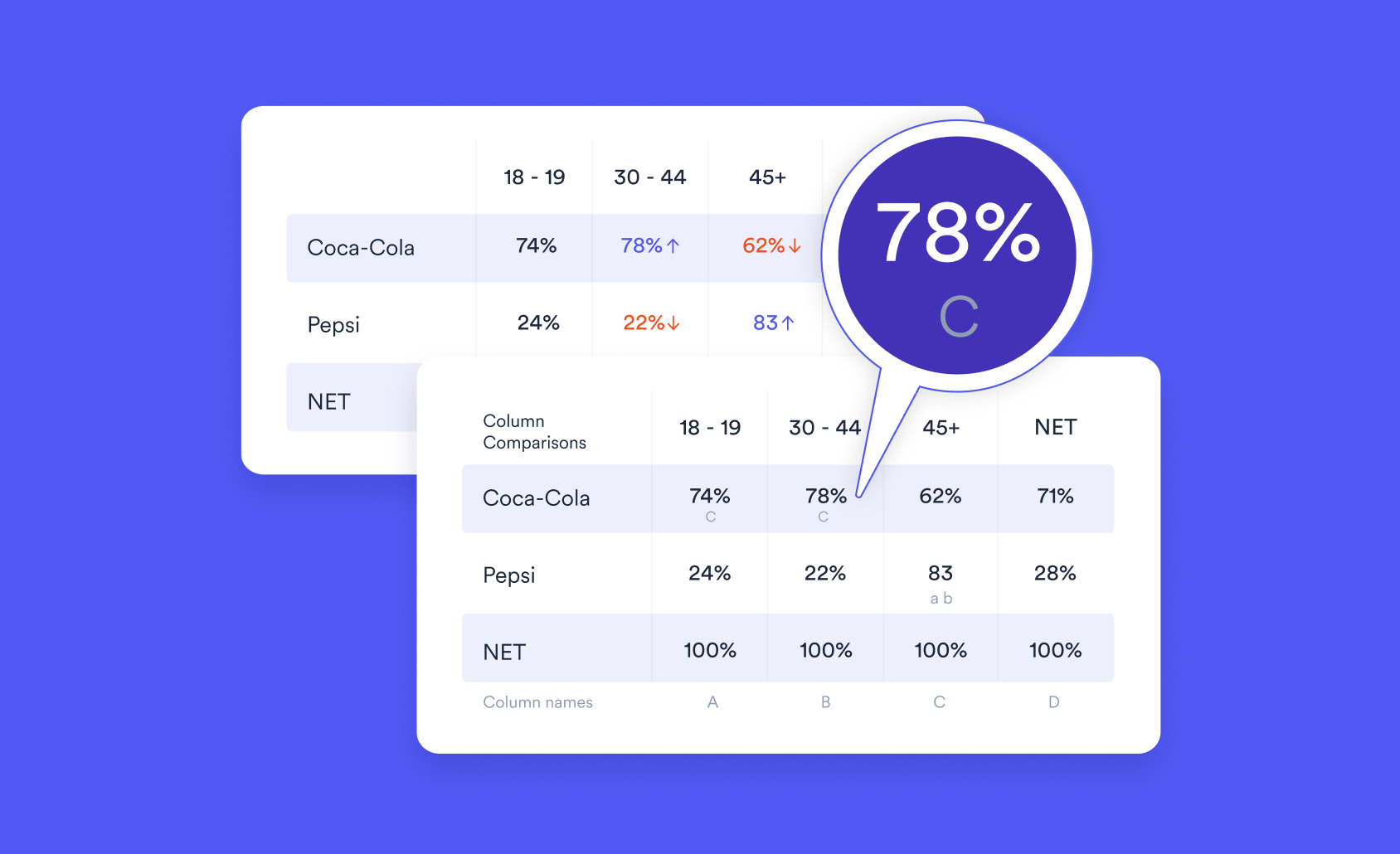
Revolutionize Concept Testing Reports With PowerPoint Automation
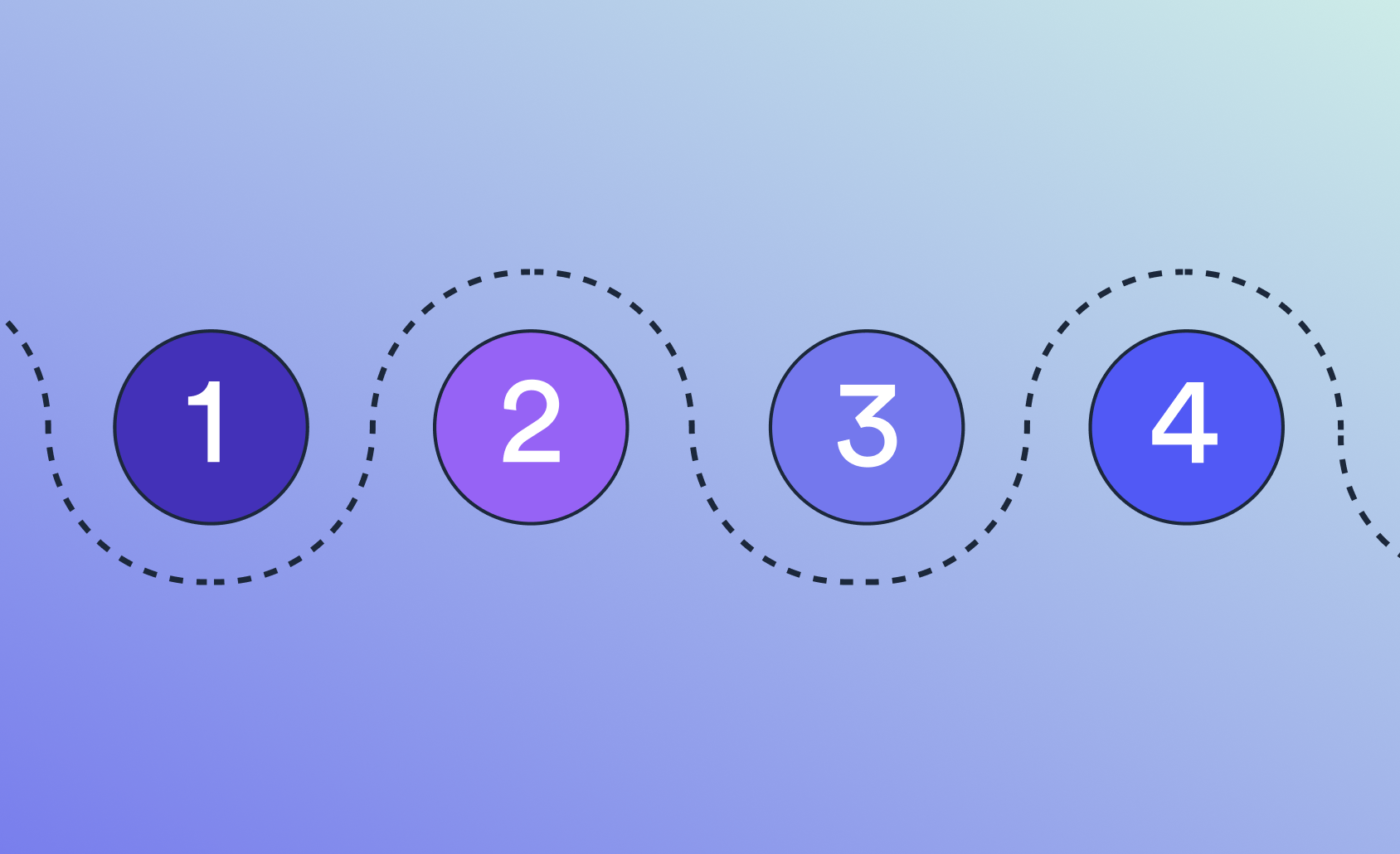
There's nothing tougher than getting a new product off the ground. First, you need to see whether the product is actually viable, then you need to start ideating, developing, and putting the wheels in motion to get something out the door.
However, presenting the idea to would-be customers is one of the most important steps in developing any new product.
Enter concept testing. Concept testing is a well-known survey research technique, essentially asking consumers for their opinions on new products. Importantly, concept tests usually follow a set of mostly similar questions, meaning they are highly scalable, and the results can be compared from product to product.
Given the repeatability of concept tests, there is the opportunity to automate much of the process - streamlining workflows, ensuring accuracy, and freeing up time to actually refine and rework new products. Here, we'll show you how PowerPoint automation can be a game-changer and why you should consider it for your next concept report.
The Problem with Concept Testing
There are no two ways about it - concept tests are essential when it comes to developing new products. But they are not always easy. Typically, a concept test involves collecting feedback through surveys, running focus groups, or hosting online panels. This feedback then needs to be translated into actionable insights to assist with the development of the product.
There are a number of challenges that come with this process. Namely:
- Manual Data Processes: Gathering and organizing data from various sources takes hours when automation is not utilized.
- Updating Feedback: As more and more customer interviews take place - or more iterations of the product are tested - the reports must be updated, which can delay critical decision-making.
- Static Presentations: Although highly repeatable, concept testing reports can quickly become outdated if they are not frequently updated.
- High Costs: These manual processes strain budgets and resources, particularly for research teams managing multiple projects.
PowerPoint Automation and Concept Testing Reports: A Perfect Match
As is so often the case, technological advancements mean there is now a way to supercharge these manual processes. PowerPoint automation transforms the way concept testing results are reported by connecting live data sources directly to your presentation templates.
By implementing PowerPoint automation into your workflow, you can expect to see:
- Faster Decision Making: PowerPoint automation allows concept test reports to be updated almost instantly. By speeding up this process, relevant teams can make faster decisions and meet tight deadlines.
- Accurate and Consistent Data: One of the most underrated advantages of automated reporting is its accuracy and consistency. Manually entering data is fraught with errors. By eliminating the human element, businesses can be confident in the data they use.
- Dynamic, Real-Time Reporting: These reports usually require iterative updates as feedback rolls in. PowerPoint automation allows the delivery of real-time reports that reflect the latest data. This is particularly useful for iterative testing cycles, where changes to the concept can be immediately assessed.
- Scalable for Multiple Tests: Concept tests are typically used more than once. PowerPoint automation ensures that reporting processes remain efficient and can adapt to the growing complexity without increasing workload.
Ready to automate your PowerPoint reports?
Start a free trial of Displayr.
Applying PowerPoint Automation
The basic theory behind applying PowerPoint automation to concept tests is simple - set up a customer template, then use it again and again. In practice, however, you need to think about things like:
- How to integrate your data
- Ensuring the report meets brand guidelines
- Creating filters
- Utilizing visualizations to give the end user a deeper understanding of the data
Case Study: Automated Concept Testing in Reality TV
Concept testing occurs across all different industries. And while we have spoken about concept tests as a way to assess new products so far, it is certainly not limited to this realm.
For example, entertainment companies can use concept tests to see how audiences respond to different contestants on a reality television show. Although the surveys used will usually follow a similar structure, the nature of the business means there will always be changes.
Previously, this would have meant the team spending hours manually formatting and aligning survey results before creating reports. With PowerPoint automation, the team can set up a custom template that can be automatically updated with fresh data. This templatized approach allows the team to easily update the questions, contestants, and other variables while still maintaining the integrity of the report.
Case Study: Building Better Burgers
Another example of PowerPoint automation improving concept testing in the real world is the fast food industry. Take any burger chain from around the world. Although the classic cheeseburger is still one of its best sellers, this brand might have identified a gap in the market for more upmarket, luxurious burgers.
The product development teams come up with a good core concept but have some differing ideas on the execution. To test the different options, they run a concept test looking at the purchase intent, concept name, pricing, and more.
Importantly, PowerPoint automation allows the fast food chain to easily keep the report in line with brand standards and create something they can reuse in the future as other new products launch.
Hint: You can use this exact concept test yourself. Click the image below and check it out in Displayr.
Ready to Transform Your Concept Testing Reports?
Don't let outdated reporting processes slow you down. With Displayr's PowerPoint automation capabilities, you can unlock new levels of efficiency, accuracy, and insight—giving your concepts the best chance to succeed.
